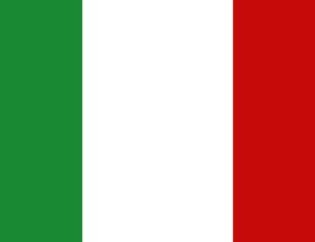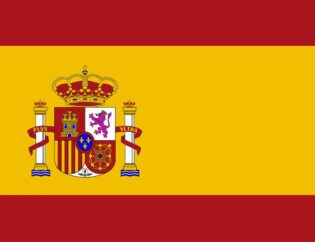
Hungary - Overview
Hungary is a landlocked country in Central Europe, covering an area of 93,028 square kilometers with a population of approximately 9,699,577. It shares borders with Slovakia, Ukraine, Romania, Serbia, Croatia, Slovenia, and Austria. The official language is Hungarian, a unique member of the Uralic language family. Budapest, the capital and largest city, is renowned for its stunning architecture and rich cultural heritage. Hungary's history is marked by various periods of conquest and influence, from the Celts and Romans to the Ottoman Empire and the Austro-Hungarian Monarchy. Despite these influences, Hungary has maintained a distinct national identity. Today, it is a high-income economy, known for its significant contributions to arts, music, literature, and science, and it is a popular tourist destination.
Hungarian Cuisine
Hungarian cuisine is known for its rich, hearty flavors and significant use of spices, particularly paprika, which gives many dishes their distinctive heat and color. Traditional Hungarian dishes are based on meats, seasonal vegetables, fruits, bread, and dairy products. The cuisine is heavily influenced by Central European and Eastern European culinary traditions, with notable dishes including goulash, a meat stew seasoned with paprika; paprikás, a creamy paprika-flavored stew; and pörkölt, a meat stew often served with dumplings. Soups, casseroles, and pastries also play a significant role in Hungarian cuisine, with variations often reflecting regional specialties. Bread is a staple, accompanying most meals, and side dishes typically include potatoes, rice, or steamed vegetables. Hungarian cuisine is celebrated for its savory stews, hearty soups, and delicious pastries, making it a favorite among food enthusiasts.
Mushrooms in Hungarian Kitchen
Mushrooms are a beloved ingredient in Hungarian cuisine, used in a variety of dishes to enhance flavors and add texture. The most commonly used mushrooms in Hungarian cooking include:
- Parasol mushrooms: Known for their large, umbrella-like caps, these mushrooms are often breaded and fried or used in stews.
- Boletes: Valued for their meaty texture and rich, earthy flavor, boletes are a popular choice for soups and sauces.
- Puffballs: These mushrooms are appreciated for their mild flavor and are typically used in soups and stews.
- Lion's mane: Known for its unique, shaggy appearance, lion's mane is used for its delicate flavor and health benefits.
- Champignons: Widely used for their versatility, champignons are a common ingredient in salads, sauces, and various cooked dishes.
Hungarian Dishes with Mushrooms
Mushrooms are a key component in many traditional Hungarian dishes, offering a rich and earthy flavor that complements the hearty nature of the cuisine. Some notable Hungarian dishes with mushrooms include:
- Mushroom stews: Hearty and flavorful, these stews often combine mushrooms with meat, vegetables, and spices, creating a comforting and satisfying dish.
- Lecsó: A traditional one-pot dish made with peppers, zucchinis, and mushrooms, often seasoned with paprika and other spices, providing a delicious and nutritious meal.
- Stuffed mushrooms: These versatile appetizers or main courses involve filling large mushroom caps with a mixture of meats, vegetables, and spices, then baking them to perfection.
These dishes highlight the integral role of mushrooms in Hungarian cuisine, showcasing their ability to enhance both flavor and texture in a variety of culinary creations. Whether enjoyed in Hungarian restaurants or homemade meals, these mushroom dishes continue to be a favorite among locals and visitors alike.











